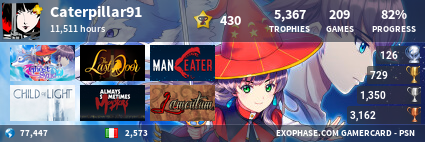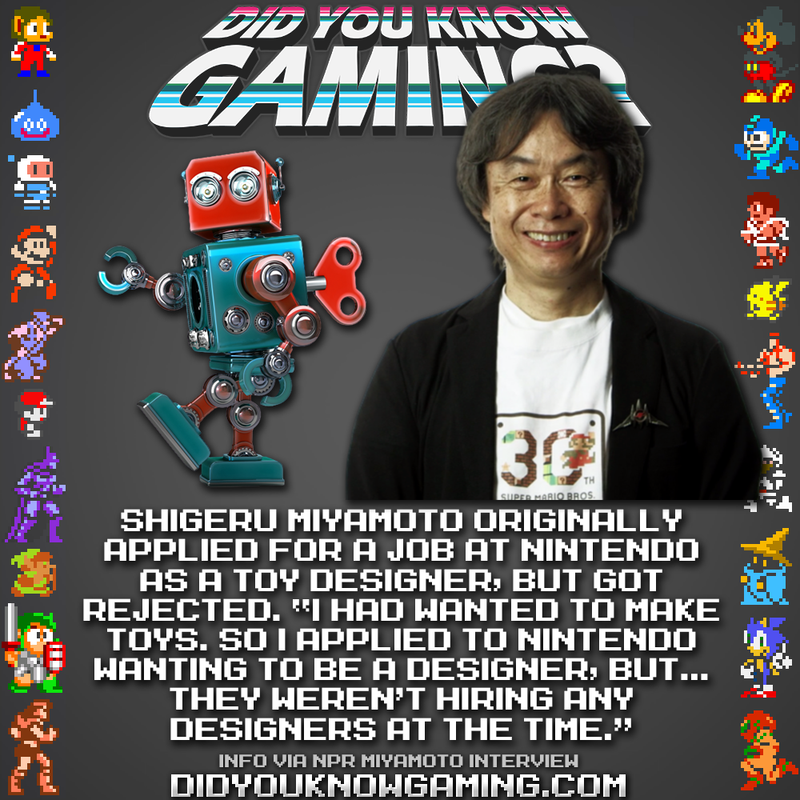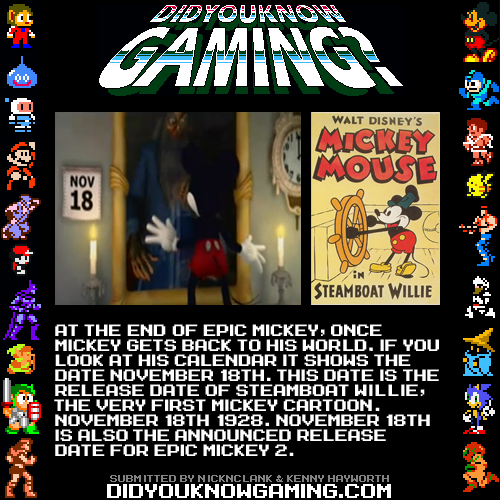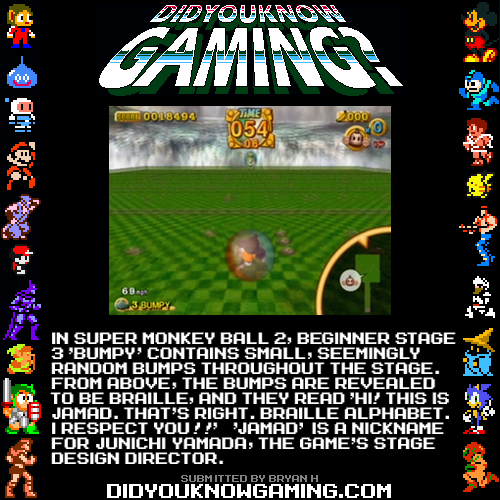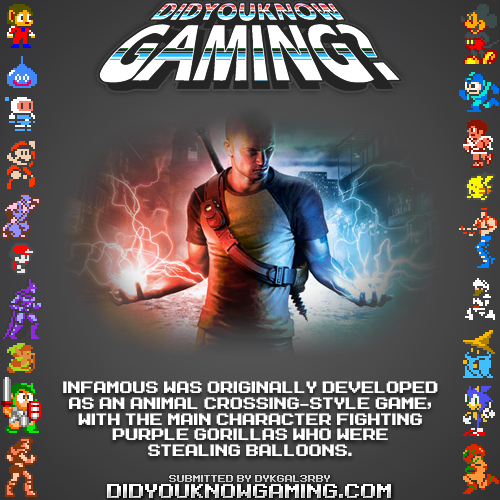
In 1993, a Japanese strategy guide was released for the game entitled "Star Fox: Mission File Printout", containing backstory for the game's universe that would be retconned with the release of Star Fox 64, as well as developer profiles of both producer Shigeru Miyamoto's Japanese team and the British developers from Argonaut Software. These interviews were translated for the first time in 2013 and document some of the most troublesome moments during Star Fox's development, and what the developers wanted players to see from the game in their own words, as well as their birthdates and blood types. The most common issue cited by Miyamoto's team that arose during development were communication issues with Argonaut. Since Star Fox was being developed as a co-production between Japanese and British developers, a first for Nintendo, language barriers were encountered early in development as they initially required the use of a translator, and according to composer Koji Kondo, he had to write down things he would normally explain verbally on paper and "pass the message along in English" during meetings with Argonaut. Programmer Katsuya Eguchi claimed that his family "sometimes heard [him] speaking English in [his] sleep." After about 2 months, the teams were able to talk directly to and understand each other even with the Japanese-flavored English spoken by Miyamoto's staff, allowing development to go more smoothly. Programmer Yoichi Yamada also expressed issues in balancing "the amusement that comes from carefully aiming and firing at enemies and defeating things in succession, the careful depiction of enemy animations, the tempo as the game unfolded, the feel of avoiding obstacles, and the enjoyable sense created by the game's quick scrolling." He wanted players to take note of the sense of distance between 3D polygonal objects, how lively the animations were, and to have fun flying around in the 3D world. According to Miyamoto, it took two years to develop the Super FX chip and one year to develop Star Fox itself.
Miyamoto thought the audience perspective of Star Fox fit somewhere between a stage play like his past games (where the audience is stationary and viewing everything from a fixed angle) and a movie (where the camera angle changes freely and constantly while the audience is stationary), commenting: "If you consider the fact that you can control the camera yourself, you can experience the world of the game in a less detached manner than you would if you were watching a movie." Eguchi wanted players to to observe the game's world from "an insider's point of view", and also wanted players to find themselves unconsciously moving their bodies along with the controller as they played the game.
Another notable anecdote comes from character designer Tsuyoshi Watanabe, who commented on the early limitations working with 3D polygons on the SNES that forced him to make very simple shapes, and also forcing him to wonder how much personality and detail he should put into each thing he created. To help answer this, he would do additional research when creating creatures, like the stingrays and whales that appear in Sector Y, by watching videos or looking them up in the encyclopedia. This eventually resulted in a fight that broke out amongst the staff over whether or not stingrays' tails bend. Graphic designer Takaya Imamura further commented on working with Watanabe to decide what should be created with polygons, and how color balancing them with each stage's differing color schemes proved difficult through trial and error.
Composer Koji Kondo was responsible for all of the sound programming in the game, while composer Hajime Hirasawa was responsible for collecting samples for the music and sound effects and giving them to Kondo. Since Star Fox was a 3D game, Kondo took the sounds of passing objects, explosions, and the atmosphere around the ship affecting how the engine sounded (i.e. the ship flying in space, or over a planet), into consideration while writing the soundtrack, and wanted the players to get a sense of levity and presence from this. Hirasawa commented that four of the SNES's 8 sound channels were used on sound effects, making it difficult to "pack [the remaining four channels] full of orchestral sounds, especially during gameplay." Hirasawa also commented on his difficulty in finding a splashing sound effect for the water that appears on Fortuna in Level 3, getting to the point where he was considering making Imamura hold a microphone to record the sound of him diving into a pool.
Argonaut's developers did not have as much to comment on as the Japanese team, with their cited troubles coming from animating certain enemies like the Hop Bots and Andross, and most commonly trying to get the 3D graphics from the Super FX chip to run as smoothly as possible and respond quickly to controller inputs without crashing the game. Super FX chip designer Peter Warnes wanted players to notice the glittering of each planet changing in real-time depending on the position of the comets on the Map screen, something that was made possible with the chip. Programmer Krister Wombell commented that the week or two before the game's release was an extremely busy time as they were making the final push to complete the game. Additionally, graphic animators Giles Goddard and Dylan Cuthbert's blood types were listed as "ABC" and "Green" respectively.



